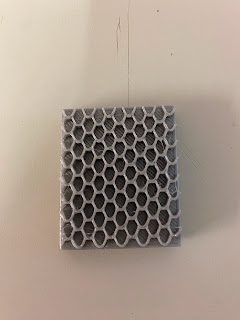The Object and Still Life
The Object and Still Life
A still life is a work of art that depicts mostly inanimate and commonplace subject matter. It originated in the Middle Ages and Ancient Greco-Roman periods, but became its own distant genre and professional specialisation in Western painting by the late 16th century.
In more modern times however, artists have started to use 'readymades'. The term was originally used by Duchamp to describe his own work, but it has since been used more generally to describe artworks made from manufactured objects.
Jan Brueghel the Elder: Flowers in a Wooden Vessel, 1603
Brueghel uses a lot of different and vibrant colours in this piece, but rather than clashing, they work well and constantly move the viewers attention from one flower to another. He also utilises the whole canvas rather than just one section, allowing the viewer to see flowers from any direction.The use of all space I think could have been done slightly different however, as the bouquet seems to be stretched up to fill the canvas, it doesn't look very balanced as the pot is very small in comparison to the flower arrangement. The arrangement itself is quite symmetrical and pleasing to look at, in spite of my feelings towards it.
Rober Gober: Untitled
This piece by Gober interested me because of it use of dolls legs. I have previously made a piece using dolls (more specifically the heads) in a piece with the purpose to unsettle the viewer. Although I didn't use them in conjunction with other objects, I wanted to highlight the way that these doll parts start off innocent and unassuming but when they are placed in an environment you don't expect, they become haunting and uncomfortable.He also used two left legs, rather than one left and one right leg, which I feel adds to the uneasy feeling, as it leaves the viewer wondering: Where are the other legs? What happened to the rest of the dolls?





Comments
Post a Comment